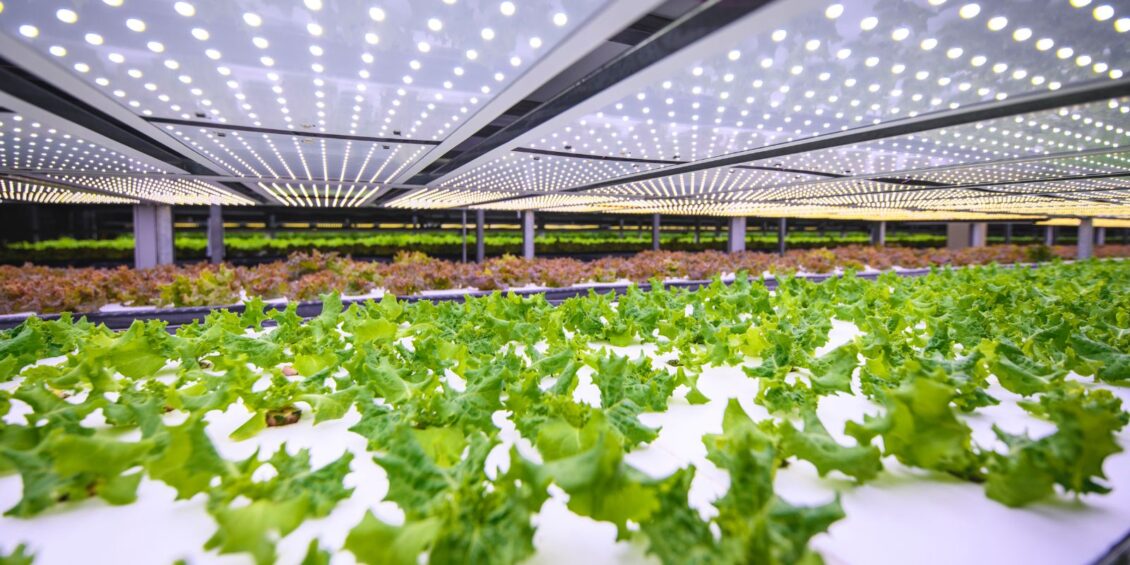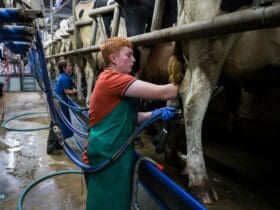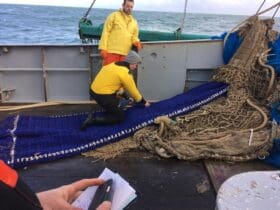Over the past few decades, agriculture has witnessed a transformation driven by technological advancements. One of the most promising innovations in this sector is vertical farming, which involves growing crops in vertically stackedlayers using LED grow lights. As this method gains popularity, the integration of artificial intelligence (AI) is poised to revolutionize the labor dynamics associated with vertical farming. This article explores the impact of AI on the quantityof labor in vertical agriculture, envisioning a future where fewer workers can deliver superior results through thesynergy of technology and agriculture.
Optimizing Resource Allocation with AI
Traditional farming methods often rely on a substantial workforce to manage various aspects of the cultivation process,from planting to harvesting. Vertical farming, however, streamlines these processes by utilizing AI to optimize resource allocation. Intelligent sensors connected to AI systems monitor and analyze factors such as light, temperature, and nutrient levels. This real- time data allows for precise control over the farming environment, minimizing the need formanual intervention. Consequently, fewer human resources are required to monitor and adjust these parameters, freeing labor for more strategic tasks.
Precision Agriculture and Reduced Manual Labor
AI-driven precision agriculture is a game-changer for vertical farming. Robots with advanced computer vision and machine learning capabilities can perform tasks traditionally requiring human labor. For instance, AI-powered robotic systems can execute planting, pruning, and harvesting with unparalleled precision. This reduces the demand for humanlabor and enhances the overall efficiency and accuracy of farming operations.
Data-Driven Decision Making
The integration of AI in vertical farming enables data-driven decision-making processes. Machine learning algorithms analyze vast datasets to provide insights into crop health, growth patterns, and potential issues. By leveraging this information, farmers can make informed decisions about resource utilization, crop selection, and pest control. The result is a more streamlined and efficient farming process that requires fewer human resources to achieve optimal yields.
Remote Monitoring and Management
AI facilitates remote monitoring and management of vertical farms, allowing farmers to oversee operations worldwide. This not only reduces the need for on-site personnel but also enables the cultivation of crops in regions with unfavorable climatic conditions. Through AI-controlled systems, farmers can remotely monitor and adjust environmental variables, ensuring optimal growing conditions without the need for a large workforce.
Enhanced Crop Yield and Quality
The application of AI in vertical farming goes beyond labor reduction; it significantly contributes to increased crop yield and improved quality. AI algorithms can analyze plant data to identify optimal growth conditions, leading to healthier and more robust crops. Additionally, machine learning can assist in the early detection of diseases or nutritional deficiencies, allowing for timely interventions. As a result, vertical farms can achieve higher productivity with fewerhuman resources.
Skill Shift
While AI minimizes the need for manual labor in certain aspects of vertical farming, it also necessitates a shift in the skills required from the workforce. Jobs in the sector are likely to transition towards roles that involve managing and maintaining AI systems, data analysis, and programming. This shift represents an opportunity for workers to acquire newskills and adapt to the evolving demands of the agricultural industry.
Environmental Sustainability
The integration of AI in vertical farming influences labor dynamics and contributes to environmental sustainability. AI-driven systems can optimize resource utilization, reducing water and nutrient wastage. Additionally, the precise control over ecological factors ensures that energy is used efficiently. As vertical farming becomes more sustainable, it aligns with global efforts to address environmental challenges while simultaneously minimizing the need for excessive manuallabor.
Conclusion
The impact of AI on vertical farming’s labor dynamics is undeniable. As technology continues to advance, the agricultureindustry is poised to undergo a profound transformation. While the
integration of AI may reduce the quantity of manual labor required in vertical farming, it opens up new possibilities for increased efficiency, higher yields, and sustainable practices. The future of agriculture lies at the intersection of technology and innovation, where AI plays a pivotal role in reshaping how we grow and harvest our food. As we celebrate the first year of this technological evolution, the journey toward a more efficient, sustainable, and technologically driven agricultural landscape is only beginning.









Leave a Reply
View Comments